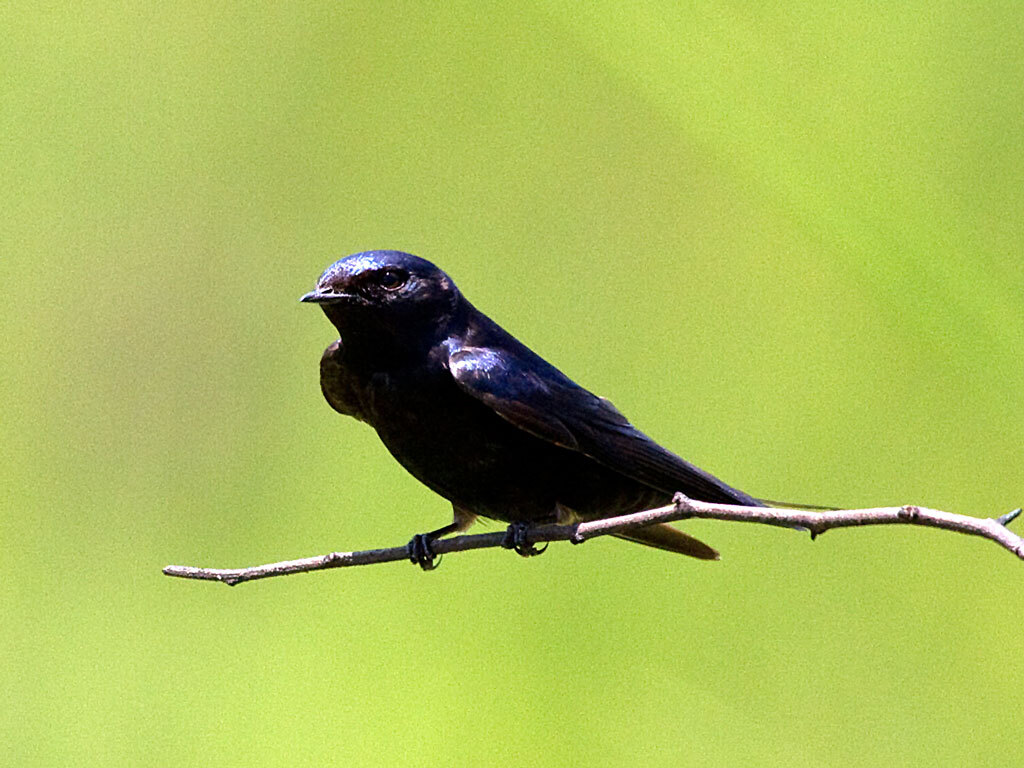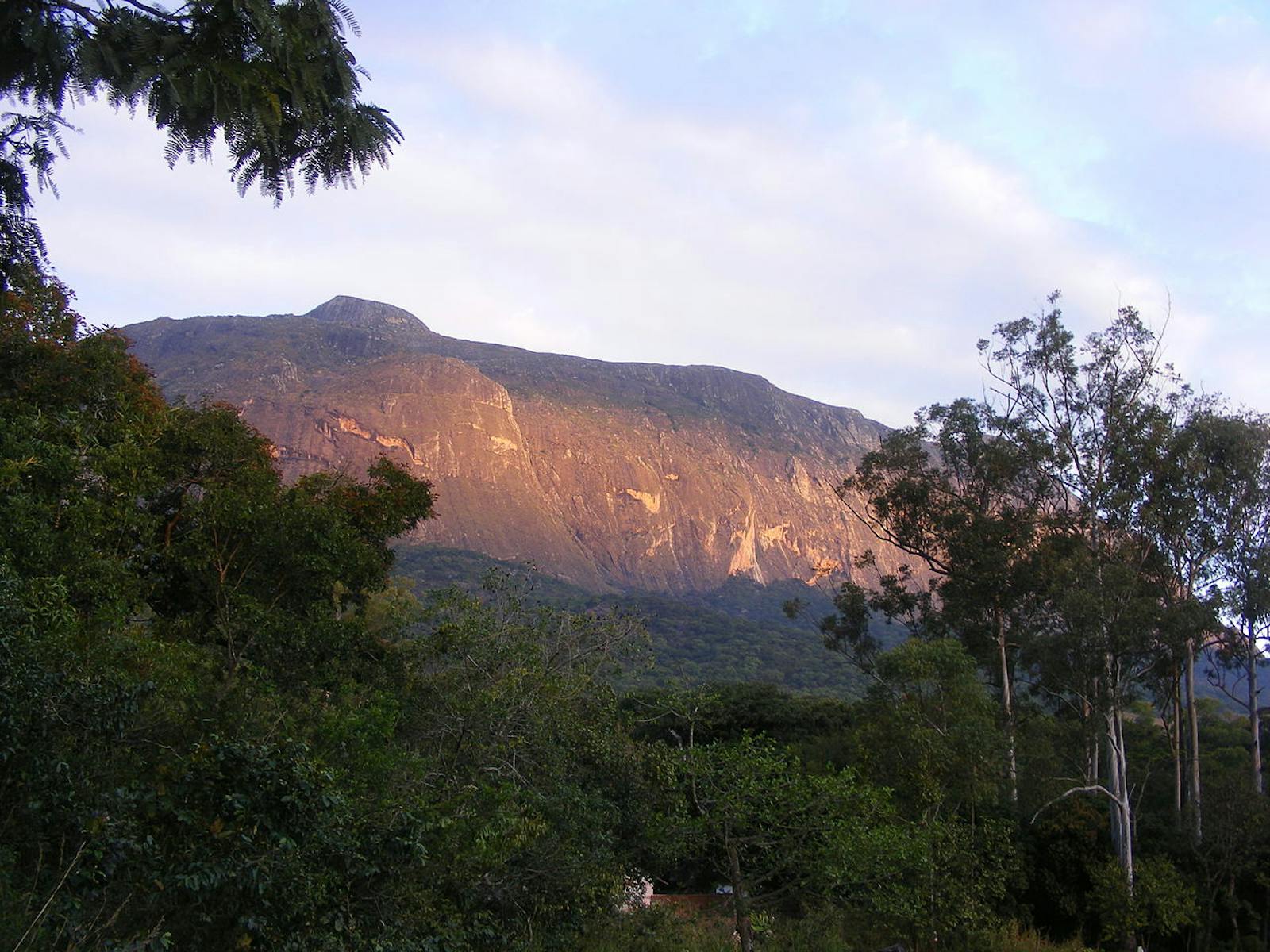Southern Rift Montane Forest-Grassland
The ecoregion’s land area is provided in units of 1,000 hectares. The conservation target is the Global Safety Net (GSN1) area for the given ecoregion. The protection level indicates the percentage of the GSN goal that is currently protected on a scale of 0-10. N/A means data is not available at this time.
Bioregion: Greater African Subequatorial Savannas & Mixed Woodlands (AT11)
Realm: Afrotropics
Ecoregion Size (1000 ha):
2,241
Ecoregion ID:
87
Conservation Target:
17%
Protection Level:
9
States: Malawi, Mozambique, Tanzania, Zambia
The Nyika plateau in the Southern Rift Montane Forest-Grassland ecoregion is renowned for its vast and impressive array of colourful orchids, supporting nearly 215 species. These plants are known for their beautiful and vibrant flowers, popular as ornamental and horticultural plants.
In Southern Africa, the orchids are also demanded for their edible tubers, especially in Zambia, which has resulted in unsustainable harvesting of orchids in Malawi and increasingly in Tanzania as well. The tubers are also used by local communities in traditional medicinal products.
The ecoregion consists of several discontinuous mountain chains around the western and northern shores of Lake Malawi/Nyasa, and extends to the eastern ranges of Lake Tanganyika. The topography is characterized by large plateaus surrounding high peaks and ridges, bounded on all sides by escarpments or deeply dissected hill country.
The ecoregion contains montane grasslands interspersed with species rich forest regions. The climate pattern is largely dictated by Lake Nyasa, which provides moisture to the highlands. Precipitation is largely confined to the wet season months (November to April). Mean annual temperatures are between 13 and 19°C. At the highest altitudes, temperatures as low as -7 °C have been recorded.

The flagship species of the Southern Rift Montane Forest-Grassland ecoregion is the blue swallow. Image credit: Seldomseen, Creative Commons
The ecoregion is composed of several distinct vegetation communities, the most dominant being grassland with species including Loudetia simplex, Exotheca abyssinica, Monocymbium ceresiiforme, Themeda triandra, and Andropogon spp. A number of herbs, sedges, and geophytes also occur in the grassland community, as does the occasional fire-resistant shrub, usually of the genus Protea.
In the grassland matrix, the most prominent vegetation type is Afromontane forest, with dominant tree and shrub species such as Apodytes dimidiate, Bersama abyssinica, Entandophragma excelsum, Ficalhoa laurifolia, Ilex mitis, Myrianthus holstii, Parinari excelsa,and Syzygium guineense. At lower altitudes, the vegetation grades into miombo woodland dominated by Brachystegia, Julbernardia,and Isoberlinia.
Levels of endemism in the flora and fauna of the Southern Rift is much lower than in the Eastern Arc Mountains to the northeast. The grasslands of the Southern Rift are, however, particularly rich in orchids, and contain six endemic species of Protea. The Nyika Plateau is home to south-central Africa’s richest orchid flora, totaling 214 species; some of the 33 endemic species include Helichrysum hilliardiae, Crassula nyikensis, and Oxalis chapmaniae. Kitulo plateau is also renowned for having important outstanding plants – 45 orchid species are found here and 16 of them are endemic.
Near-endemic mammals include Abbott’s duiker, the desperate shrew, and Swynnerton’s squirrel. Near-endemic birds include the churring cisticola, buff-shouldered widowbird, Chapin’s apalis, and black-lored cisticola. The Nyika National Park supports the world’s largest breeding population of blue swallows and the locally rare Stanley bustard. These can also be seen in Kitulo Plateau National Park.
Among the herpetofauna are a number of strict and near-endemic amphibians, many of which inhabit the ecoregions forested areas: Stewart’s river frog, Rungwe river frog, and Usambara big-fingered frog. Strict and near-endemic reptiles include Ngosi volcano and Poroto Mountain chameleons.
The archipelago-like nature of the Southern Rift Highlands means that its component habitat blocks are naturally isolated from one another by topography. However, human intervention has caused further fragmentation and degradation within the habitat islands. The protected area network throughout most of the ecoregion is inadequate with the exception of the Nyika Plateau area, the majority of which is protected inside Zambia and Malawi’s contiguous Nyika National Parks.
Tanzania has created the Kitulo Plateau as a national park, increasing protection for the rare orchid flora. A number of forest reserves fall inside the ecoregion’s boundaries including South Viphya and Kaning’ina in Malawi, Mafinga Hills in Zambia, and Livingstone Mountains in Tanzania. There are also smaller traditional and village forest reserves in the Southern Highlands of Tanzania, established by local communities for a variety of cultural reasons.
Each year, large fires of primarily anthropogenic origin sweep these highlands. This burning regime is believed to have been the main cause of the replacement of Afromontane forests with grassland in some parts of the ecoregion. Grassland areas are increasingly being converted to crops such as tea, coffee, potatoes, banana, finger millet, maize, beans, and pyrethrum. The trade in orchid tubers for consumption in Zambia is seriously threatening as many as 85 species of terrestrial orchid across the Southern Highlands.
Invasive exotic timber tree plantations (Pinus and Eucalyptus) are resulting in a large loss of these montane grassland habitats in Malawi and Tanzania. A bramble Rubus sp. has spread extensively throughout the Nyika National Park as well as Bracken fern. Additionally, poaching of wild antelopes (roan and eland) from Nyika National Park is a threat.
The priority conservation actions for the next decade will be to: 1) eradicate and control the spread of invasive species; 2) restore degraded habitats caused by uncontrolled fires whilst creating awareness of the dangers of bushfires to both humans and wildlife; and 3) encourage biodiversity friendly agricultural practices as well as sustainable livelihoods which do not degrade the environment, for example, ecotourism and beekeeping, or controlled cattle grazing.
Citations
1. Burgess, N., Hales, J.A., Underwood, E., Dinerstein, E., Olson, D., Itoua, I., Schipper, J., Ricketts, T. and Newman, K. 2004. Terrestrial ecoregions of Africa and Madagascar: a conservation assessment. Island Press.
2. CEPF. 2012. Ecosystem profile: Eastern Afromontane biodiversity hotspot. [Online]. [Accessed 12 March 2018]. Available from: https://www.cepf.net/sites/default/files/eastern_afromontane_ecosystem_profile_final.pdf
3. Government of Malawi. 2015. National Biodiversity Strategy and Action Plan II (2015-2025). Malawi: Environmental Affairs Department, Ministry of Natural Resources, Energy and Mining.
4. Davenport, T.R. and Ndangalasi, H.J. 2003. An escalating trade in orchid tubers across Tanzania's Southern Highlands: assessment, dynamics and conservation implications. Oryx. 37(1), pp.55-61.




